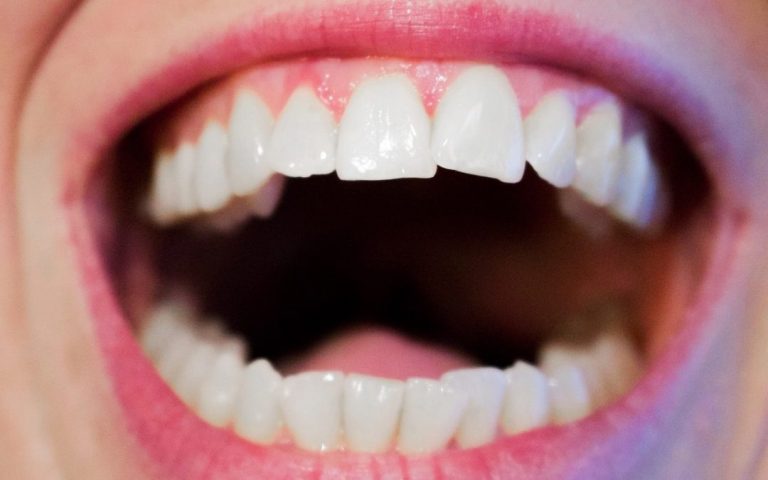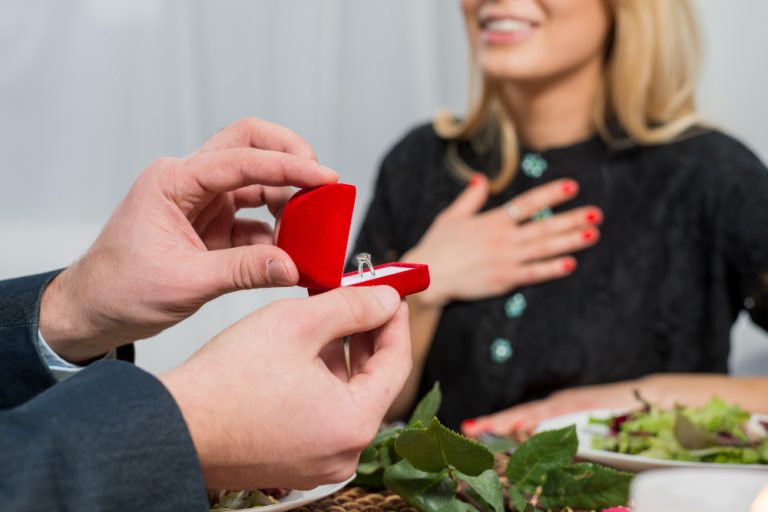Introduction
Dental health is important for everyone. It’s not just about how your teeth look, but also about how they function, and about how well you can chew food and speak. People with good dental health also have a lower risk of developing serious problems like tooth decay and gum disease. If you want to take good care of your teeth (and gums), here are some tips:
Visit a Family Dentist
If you’re looking for a family dentist, it helps to know what these specialists are trained to do. Family dentists like Gungahlin Family Dental have special training and experience working with children and adults as well as teens.
This is important because most people have some dental problems that require preventive treatment as well as treatment for gum disease, tooth decay, and other conditions that affect the teeth, mouth, or jaw.
Brush at least twice a day with fluoride toothpaste
The second most important thing you can do for your teeth is to brush twice a day for at least two minutes. Use fluoride toothpaste and be sure to brush all of the surfaces of your teeth.
If you have any gaps between your teeth, floss them daily as well. Flossing helps prevent gum disease and cavities from developing in areas that are hard to reach when brushing alone.
Get regular dental checkups.
Even if you don’t think you need a dental checkup, it’s a good idea to schedule one at least once a year. Regular checkups can help catch problems before they become serious and expensive to fix. Dental insurance also doesn’t always pay for procedures done outside the normal time for an annual checkup, so going in for regular checkups could save you money in the long run. If there are any issues with your mouth or teeth, then a reliable dentist may recommend additional treatments like fillings or oral surgery (to remove wisdom teeth).
Make sure you are using the right toothbrush.
An important part of proper dental hygiene is making sure you are using the right toothbrush. The best size for your child’s mouth should be small and soft, as this will allow for better cleaning between teeth and less damage to gums. Adults may want to choose medium-sized or large, depending on their preference.
Smaller size: Children from ages 2-6 years old, or those who have not yet mastered how to floss can use this toothbrush size. It comes in either plastic or rubber material with soft bristles that will better reach into crevices between teeth without causing damage to gums or enamel surfaces if used correctly by an adult doing it for them (such as when brushing their teeth).
Medium Size: For children, 7-10 years old who have mastered flossing but still struggle with brushing alone due to smaller mouths/teeth spacing issues; adults who prefer a larger surface area; people with braces – both plastic/metal varieties work well here since it allows more flexibility than smaller options would provide (as well as being slightly easier on your gums). Additionally, some adults may prefer using something larger than what they were accustomed to growing up because they feel like “an adult” now! These types can be found at most stores that sell dental health products like Target or Walmart.
Eat a healthy diet and limit snacks between meals.
- Eat a healthy diet and limit snacks between meals.
- Limit sugary snacks, cookies, and candy. Instead, eat healthy snacks like fruit or vegetables when you need a little something to tide you over until mealtime.
- Avoid sugary drinks such as soda pop, sports drinks, sweetened tea, and energy drinks. These beverages can harm your teeth by causing cavities on the surface of your teeth that may break down enamel over time if not treated in the early stages of decay (caries). Be sure to brush twice a day with fluoride toothpaste for optimal oral health protection against this type of caries disease process!
- Eat breakfast every day – it’s good for your whole body! Snack on foods high in protein instead of carbohydrates after lunchtime; they will keep you fuller longer while preventing hungry cravings at night when everyone is tired but doesn’t want to cook anything complicated before bedtime…
Use a straw to drink soda and other sugary drinks.
Drinking soda through a straw can help prevent tooth decay and cavities. The acid in sugary drinks that aren’t consumed through a straw can erode your teeth, while the sugars they contain can promote bacterial growth on your teeth. If you drink soda or other sugary drinks without using a straw, consider diluting the beverage with water or a seltzer and then adding it to carbonated water through a bottle with a built-in tube. This will allow you to avoid consuming too much sugar at once (and therefore prevent cavities).
Quit smoking or using smokeless tobacco products.
The most important thing you can do for your oral health is to stop smoking.
Smoking and chewing tobacco damage teeth by lowering the salivary flow, causing dry mouth, and increasing the risk of decay. When nicotine enters saliva, it begins to attack enamel, which results in tooth erosion. In addition to harming your gums and teeth, smokeless tobacco causes the same type of damage.
Children should be drinking no more than 4-6 ounces of juice a day, while adults should drink no more than 8 ounces of juice a day.
According to the American Dental Association, juice is loaded with sugar and so children and adults need to limit their intake. For kids, it’s okay for them to have up to 4-6 ounces of juice per day if they are eating a healthy diet. If you’re in doubt about how much your child should be drinking, check out the MyPyramid app on your smartphone or tablet. This handy tool will tell you how much fruit your child should be eating each day based on his age and sex. And don’t forget that 100% fruit juices are still sugary drinks!
As an adult, you should drink no more than 8 ounces of 100% fruit juice per day—this includes all packaged varieties as well as homemade versions such as smoothies made with full-sugar applesauce instead of unsweetened applesauce (which contains just water). If you do want something sweeter than water while making breakfast or lunchtime sandwiches at home then go ahead and use pureed peaches instead; just watch out for added sugar levels since some brands add sugar even when there isn’t any listed on their labels! Just like other sweet treats such as cookies or cakes.
Teach your children to floss as soon as their teeth begin to touch each other.
It is important to begin flossing as soon as your child’s teeth touch each other. As you may already know, dental health is just as important for children as it is for adults. Flossing helps prevent tooth decay and gum disease, which can be more harmful to children than adults because their bodies are still developing and growing.
It’s natural for your kids to resist flossing at first, but with some encouragement and assistance from you, they’ll be able to learn how to do it on their own! After every meal (and snack) is a good time to take care of this task together. If possible, try using fun characters or other entertaining features on the floss itself; this will encourage them even further!
If you learn healthy dental habits from an early age, you will have a lower risk of developing cavities and other serious oral health problems later on in life.
If you learn healthy dental habits from an early age, you will have a lower risk of developing cavities and other serious oral health problems later on in life.
- Keep your toothbrush stored away from moist areas such as bathrooms and kitchens. This will extend the life of your toothbrush by preventing it from being exposed to moisture that can damage its bristles or handle.
- Use fluoridated toothpaste when brushing your teeth regularly, especially before bedtime since this is when food particles tend to stick around longer in your mouth and provide more time for bacteria growth within them (which leads to plaque buildup).
- Floss daily — even if you only do so once per week! Dental floss removes plaque between teeth where regular brushing cannot reach effectively (and people who don’t floss regularly are twice as likely to develop gum disease than those who do). It may take some time to get used to this habit but it’s worth the effort: dentists recommend using about 18 inches per session so that all surfaces on both sides of each tooth get thoroughly cleaned out without accidentally cutting through any existing gums along with it…which could mean needing costly surgery down the road.”
Conclusion
Hope that this article has been helpful to you! As we mentioned previously, many things can affect your overall oral health and they are not always easy or fun to deal with. However, if you take care of your teeth now then it will pay off later in life when they don’t hurt as much or even need any work done on them at all!




